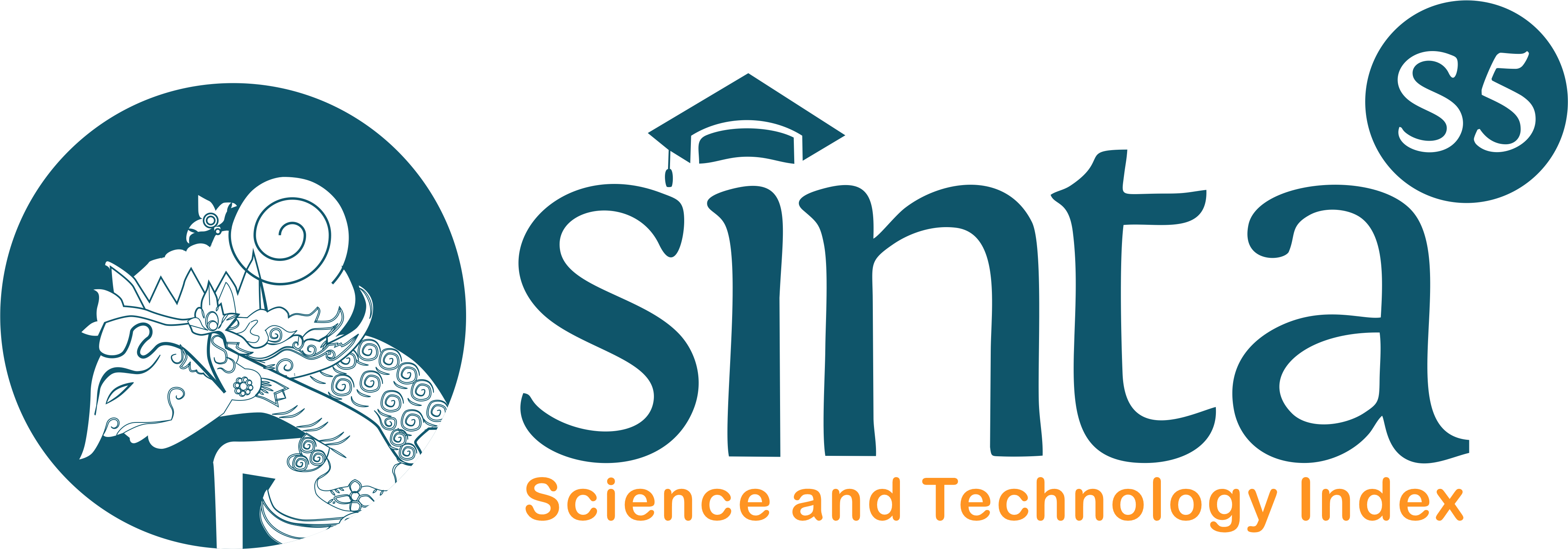MANAJEMEN KLUSTERISASI PASAR: Penerapan Segmentasi Pelanggan Berbasis Metode Self-Organizing Map (SOM) di CV Karunia Probolinggo
Authors (s)
(1) * Abu Tholib
 (Universitas Nurul Jadid Probolinggo)
(Universitas Nurul Jadid Probolinggo) Indonesia
(*) Corresponding Author
AbstractAs one of the distributors engaged in the sale and distribution of cosmetics, CV Karunia is in charge of serving customers who have placed an order, so that each order delivery must be recorded properly. By grouping customers according to regions and orders, it will be easier for distributors to know which regions and whose customers have the largest number of orders. Therefore, CV Karunia must have a customer mapping strategy, for example by using the SOM (Self Organizing Maps) method which aims to facilitate marketing efforts and customer grouping according to customer desires and habits, in order to obtain maximum results. Through this SOM method, customer decision making and optimization of the customer service process can be done well. |
Keywords
Full Text: PDF
Refbacks
- There are currently no refbacks.
Copyright (c) 2021 Abu Tholib

This work is licensed under a Creative Commons Attribution-ShareAlike 4.0 International License.
This ejournal system and its contents are licensed under
a Creative Commons Attribution-ShareAlike 4.0 International License








.png)









